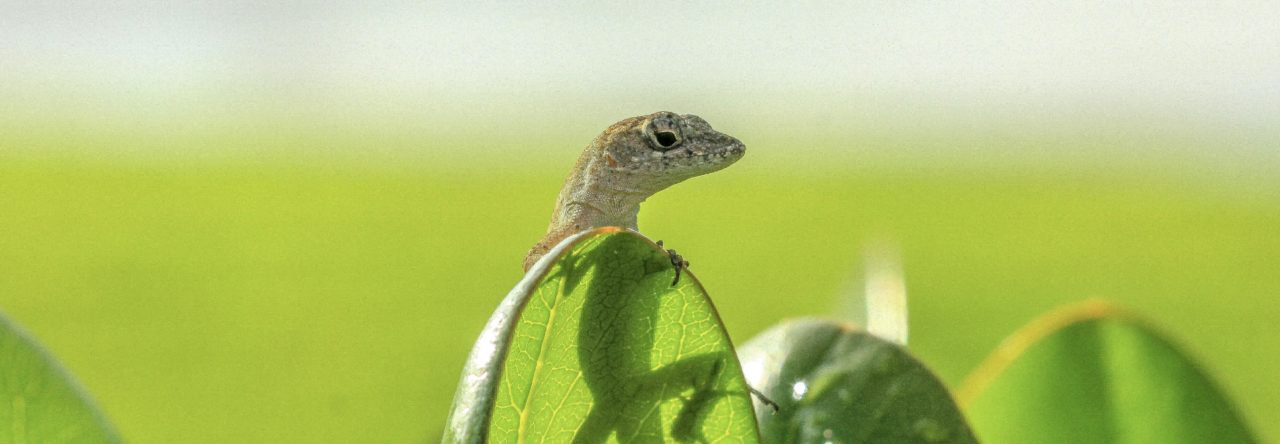The immune system can be costly, even for anoles. However, despite a large amount of work on natural populations examining when and why animals use their immune system, as well as what it energetically costs, it remains poorly understood whether a larger (more costly) immune response to pathogens offers more protection. In other words, is a major immune response worth all the cost? This is what Amber Brace, a graduate student in Marty Martin’s lab at the University of South Florida has been trying to test. Amber used experimental malaria infections in introduced brown anoles in Florida to determine whether the high costs of an immune response would result in better protection from the disease. Although malaria naturally occurs in Floridian brown anoles, Amber first had to develop an experimental protocol to successfully infect lizards. She gave one group a low dose of malaria, and another group a high dose. Interestingly, only the high-dose group became infected. Once this was worked out, she could then test how experimental infection would affect individuals.
Since malaria ultimately results in the bursting of red blood cells, she predicted that a higher malaria burden would be positively related to the change in number of immature red blood cells (from pre- to post-infection), and this is exactly what she found. This shows that individuals with greater malarial infections are compensating for lost red blood cells by producing more. Perhaps most importantly, she found a negative relationship between malaria burden and the change in number of white blood cells. This suggests that individuals greatly increasing one group of immune cells (white blood cells) are able to decrease their malaria burden. Thus, it appears that an enhanced immune response does, in fact, offer added protection, and the high costs of an activated immune system are worth the investment.











